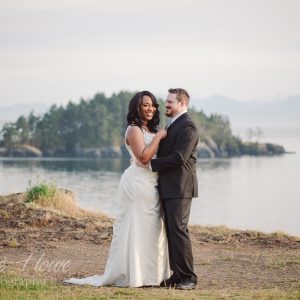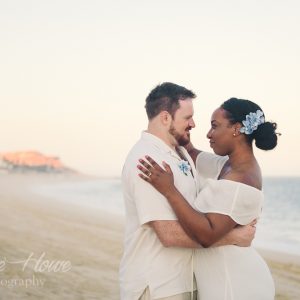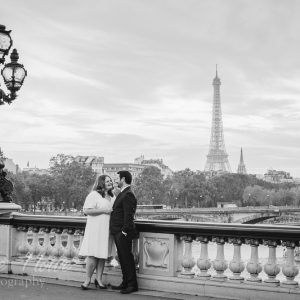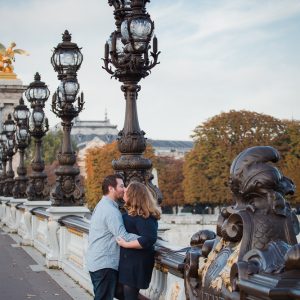Tuesday’s Tip #7:
Understand that shooting in different lighting will affect the color of your photos. Light from the sun has a different color temperature (about 6000K) than fluorescent light (about 4500K). You should be aware of what lighting you are shooting under, because it is important for choosing a white balance (WB) setting on your camera. Choosing the wrong white balance can dramatically affect the color temperature of your photo. Ever get a really red, icky colored shot when shooting indoors? It’s because you have the wrong white balance set. I finally have a visual for you Tuesday Tip learners!
.jpg)
Keep in mind, that you have the creative freedom to choose what look you want. This is only a guide to help you more accurately represent that which you are photographing. In this photo example, I was shooting the Venetian mask under tungsten lights with a tungsten WB, so the middle picture is the closest to what this mask looks like under tungsten lights.
Sometimes choosing your WB can be tricky, because you don’t always know what sort of light you’re shooting in. However, the presets on your camera generally work pretty well so that you don’t have to think about it too much. A good idea for beginners, is first to figure out how to set your white balance, which should be a really quick and easy look up in your camera’s user manual. Second, at least get to know the preset symbols and what they mean. For example, the sun symbol is pretty obvious. It’s meant for sunny/daylight shooting situations. I typically use the cloudy setting for those overcast days, to put a little bit of warmth back into skin tones. The more complicated symbols are tungsten and fluorescent. I should know which one is which and what artificial light I’m shooting in, but I usually just determine which of the two to use by trial and error. When you’re not sure what light you’re shooting in, try the auto white balance setting. It’s often pretty good…at least on my camera.When you have mixed light, this might be a good solution as well.
When all else fails and everything looks really terrible with any preset, try messing around with the Kelvin temperature setting (K). This may be a bit advanced, but it will help you understand color temperature a bit better. The Kelvin scale measures color, so when you’re using the Kelvin setting, you can decide exactly what temperature to tell the camera to shoot at. For example, if shooting a lamp lit street at night, a 6500K setting will result in an orangey light. If you want to cool the light down to something a little more blue, try 3000K. Just try it out and see what happens.
One more thing you can do to make for a very accurate white balance, is to set it to a custom temperature (symbol looks like a floating square over 2 triangles). It takes slightly longer, but it works well if your lighting won’t be changing at all. All you have to do is take a picture of an all white or all grey surface, set that as your custom white balance image, and then make sure your WB setting is on custom. Look that up in your manual for instructions for your specific camera, because it could be different. Then you’re golden!
I don’t want to get into the whole science of it all, but there are excellent resources out there that can explain this better than I can. Here’s a good one: http://www.cambridgeincolour.com/tutorials/white-balance.htm .





